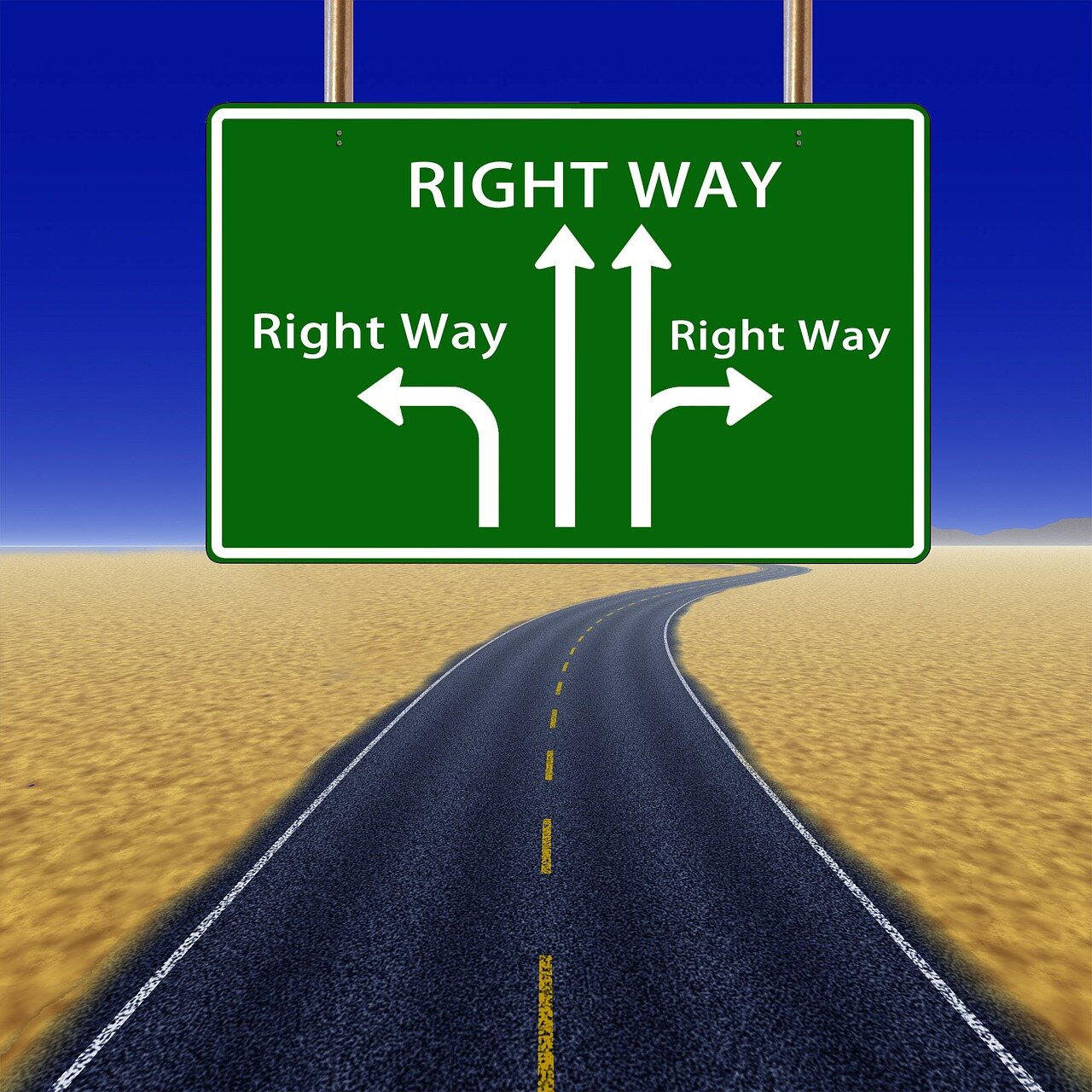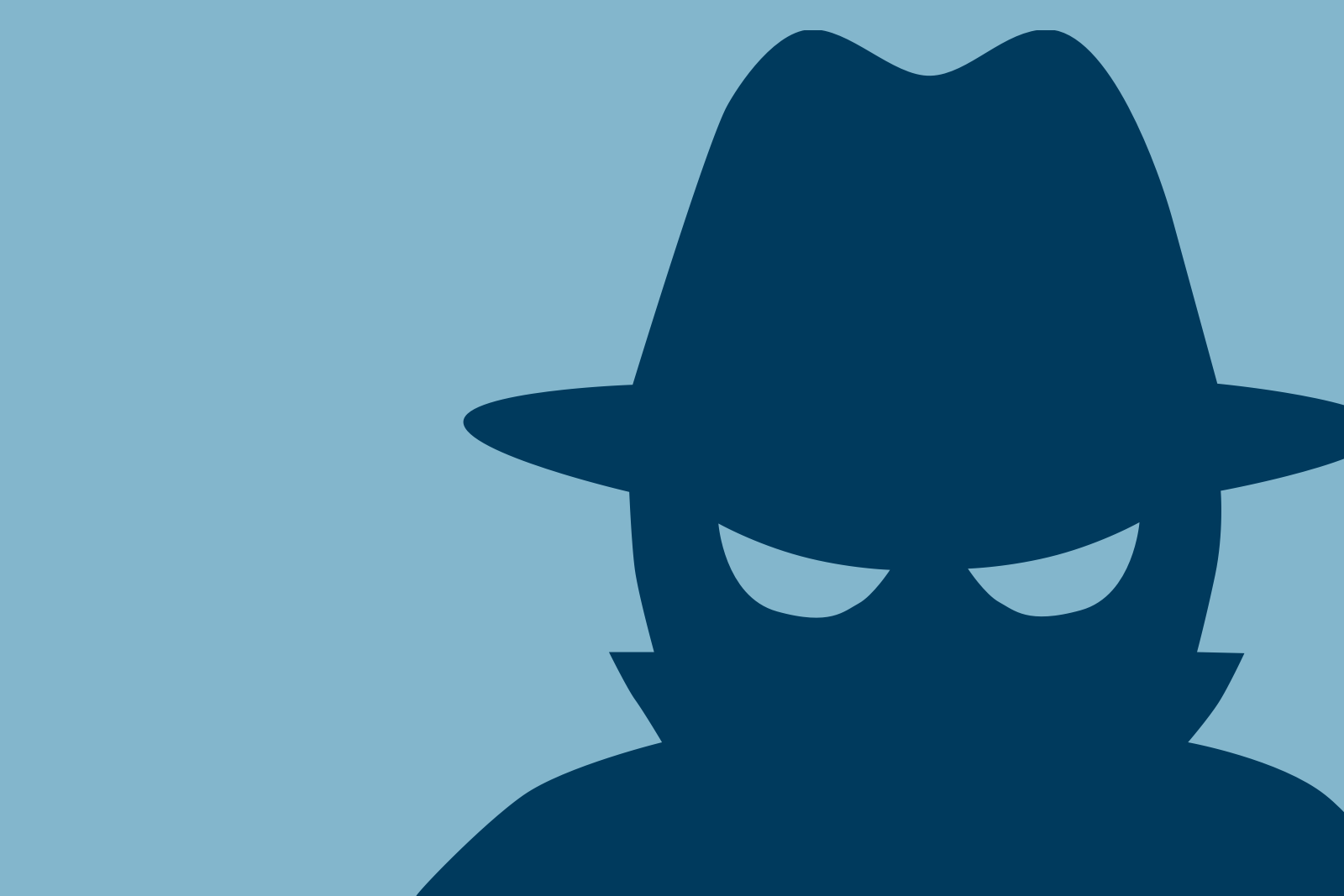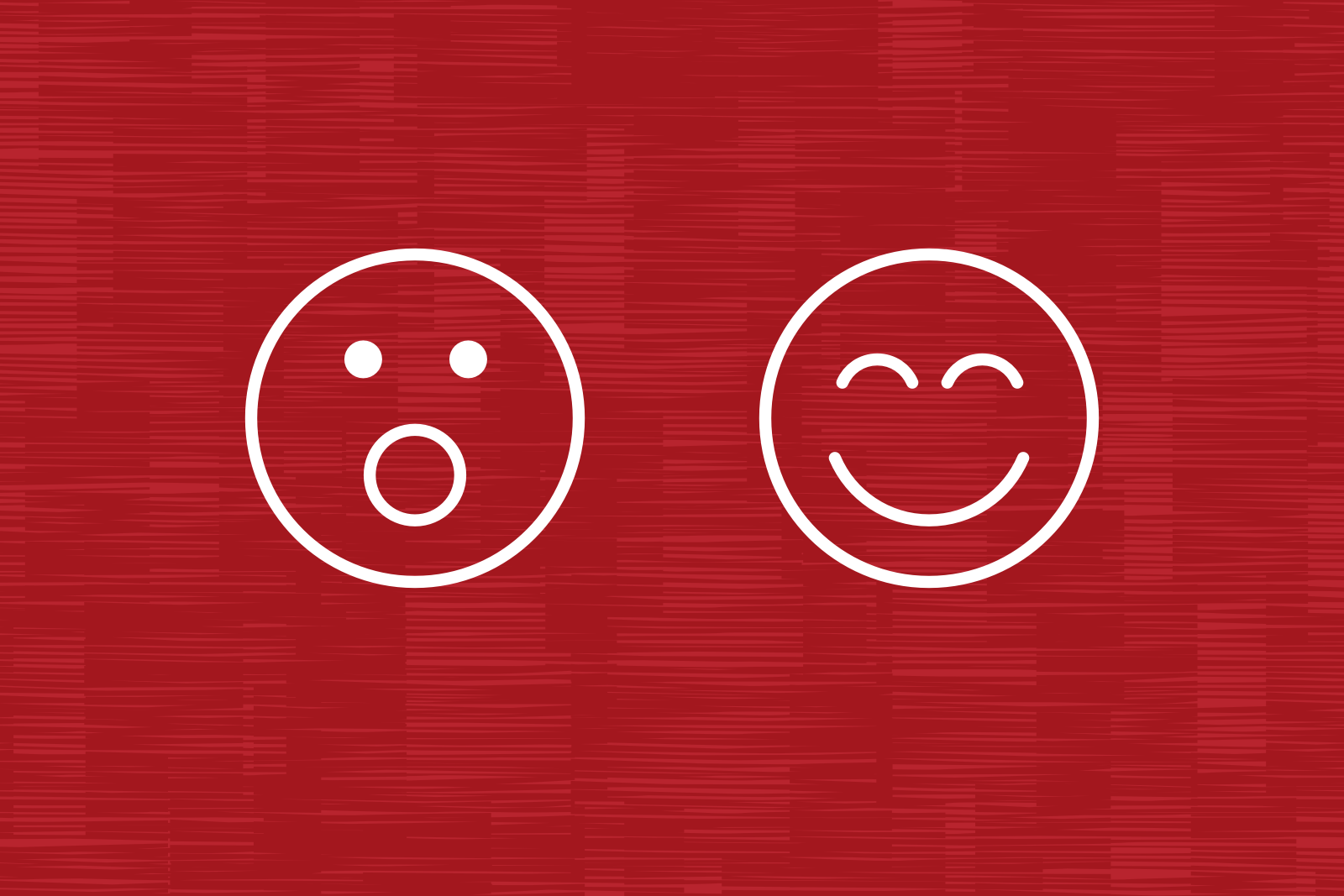Loyalty strategy or program: What's right for your brand?

There's more than one option to drive loyalty. It depends on your brand, your customers, and their needs. Check out these five approaches to growing loyalty.
It’s practically a given: Loyal customers join loyalty programs. Consider Nike fanatics who sport swoosh tattoos or Starbucks enthusiasts who visit locations around the world. It’s highly likely that these folks have joined their respective loyalty programs.
But plenty of consumers aren’t looking for a brand lifestyle. They simply want value, discounts, and free shipping.
So, how does your brand transform less-engaged consumers into loyal customers? That challenge is growing ever steeper these days. Social media is ubiquitous, delivering your brand’s images, videos, and ads—and those of your competitors. Customers can find exactly what they’re looking for on myriad websites. And purchasing decisions are just as likely to be based on customer reviews—real or fake—as they are on your well-crafted messaging.
What’s a brand to do? Build out a full-blown loyalty strategy.
A couple of decades ago, loyalty lived in its own silo, supported by a loyalty or marketing team. Points, tiers, and benefits worked in tandem, delivering discounts and rewards to help create loyal members. Today, the most successful loyalty programs still leverage these benefits but rarely function as standalone initiatives. Instead, a successful loyalty program is likely an integral part of a greater loyalty strategy, championed throughout the company and focused primarily on customers. To create a loyalty strategy, consider these five ideas:
1. Start somewhere. Your brand doesn’t have to launch a multi-tiered, fully vetted loyalty strategy from the beginning. But you should understand the importance of an integrated approach to serving customers and cultivate buy-in from employees throughout your company. Trader Joe’s, for example, doesn’t have a loyalty program. Instead, according to the California-based retailer, “We believe loyalty is something we have to earn, every day, with every customer. So we focus on offering the best values on terrific foods and beverages, every day, in every corner of every one of our stores.” Plus, Trader Joe’s delivers its fun “neighborhood grocer” feel via localized murals, approachable and Hawaiian-shirt-clad “crew members,” those nautical bells that are rung while you’re shopping, conversational Fearless Flyer newsletters, and more. Where in your brand’s customer experience can you add more reasons to spark loyalty?
2. Focus your brand’s mission on customers. What problems does your brand solve for customers? And how can your brand exceed customers’ expectations? At its outset, Warby Parker, the popular glasses retailer, recognized the need to make buying glasses easy and less expensive. Plus, for every pair of glasses sold, the company offers a pair of glasses to someone in need. All of this plus a great website, brick-and-mortar stores, at-home try-ons, a no-hassle return policy, and more have created a large and loyal following. When considering your brand’s mission, be sure it aligns with your customers’ needs and expectations.
3. Earn loyalty every day, in every way. As demonstrated by Trader Joe’s, a brand doesn’t need a formal loyalty program to create customer loyalty. But increasingly, even if a brand has a loyalty program, it must earn loyalty in a broader way. The Ritz-Carlton, for example, is part of the Marriott Bonvoy program. However, Ritz-Carlton elevates the importance of loyalty by empowering all of its employees, from its CEO to its bellhops, to deliver customer service. Its motto? “We are Ladies and Gentlemen serving Ladies and Gentlemen.” Each employee is entrusted to offer a warm greeting, to use a guest’s name, to anticipate and fulfill the guest’s needs, and to offer “a fond farewell,” again with the guest’s name. Getting commitment from everyone at your company to make customers No. 1 is vital.
4. If you have a loyalty program, consider changing up your approach. Did your program just launch? Or is it ready to celebrate a milestone anniversary? Adding a new benefit, partnership, or reward to your current program will refresh your program, keep it relevant to your members, and can offer new opportunities to demonstrate value.
Like a houseplant, a loyalty program needs care and attention to thrive and grow. DSW, for example, injected emotion into its already-successful program a couple of years ago. Now members receive faster rewards, free shipping, similar customer experiences on its website and app, plus three member tiers and corresponding rewards. In addition, members can donate shoes to people in need. Is your program running on autopilot? Maybe it’s time to hit the refresh button.
5. Consider hiring a loyalty agency. It’s likely that loyalty marketing is outside your brand’s wheelhouse. After all, designing and implementing a loyalty program is complex and requires specialized expertise. In addition, it’s a large financial and customer commitment—one that a brand should give the highest priority to ensure it’s executed well.
In cooperation with your team, an experienced agency can help your brand develop a loyalty strategy. To get the process started, the selected agency should internalize your business priorities; interview your key stakeholders across functional areas; study your data, research, and communications; complete financial and operational assessments of planned loyalty initiatives; and much more. It’s worth noting that if your brand offers a loyalty program, it should live within a larger strategy. Loyalty is only achieved when all initiatives—customer relationship management, social media, customer experiences, community and more—align toward a shared loyalty vision.
About a year after DSW’s refresh, the company experienced a 6% increase in year-over-year sales, the highest in seven years, plus 1.6 million more app downloads, according to an article on nrf.com (National Retail Federation). DSW’s leaders credited their strategy’s success to four factors: a customer focus, buy-in by the entire organization, a simple approach to loyalty (both in person and online), and a commitment to constantly evolve. Sound familiar? These factors are similar to the ideas offered above.
Whether you’re dipping a toe into loyalty or putting the pieces in place for a grand approach, creating a loyalty strategy is a smart and vital effort in today’s business environment.
Nina Rose serves as senior director of Strategic Services. The Lacek Group is a Minneapolis-based, data-driven loyalty, experience and customer-engagement agency that has been delivering personalization for its world-class clients for more than 30 years. The Lacek Group is an Ogilvy company.

